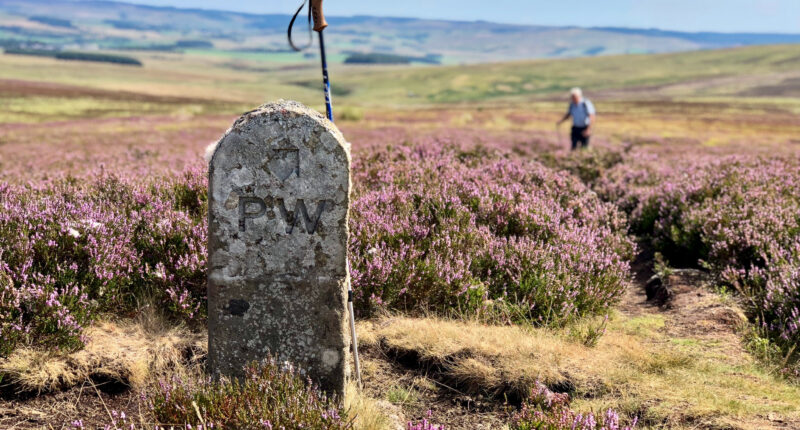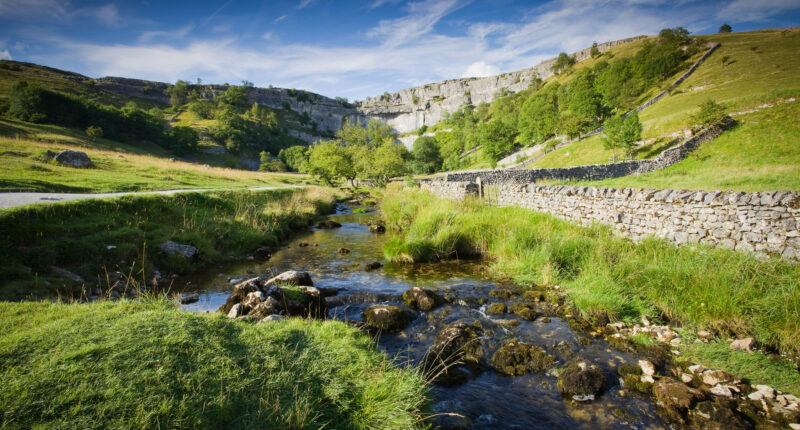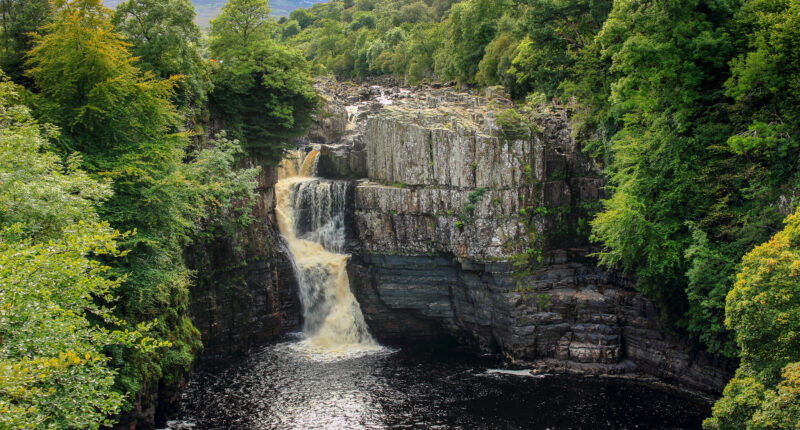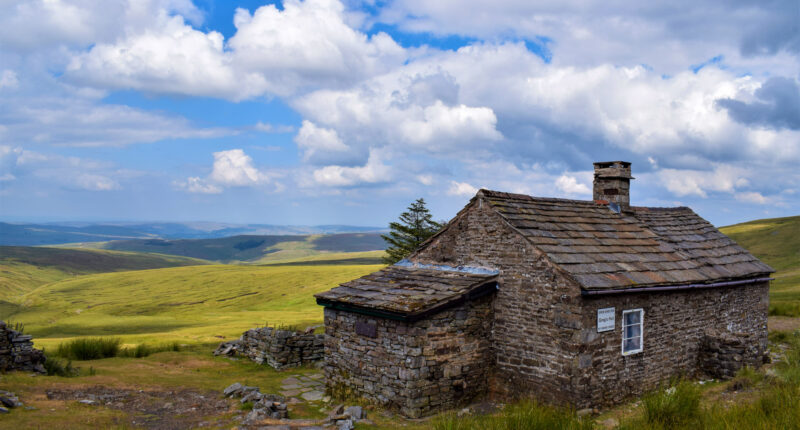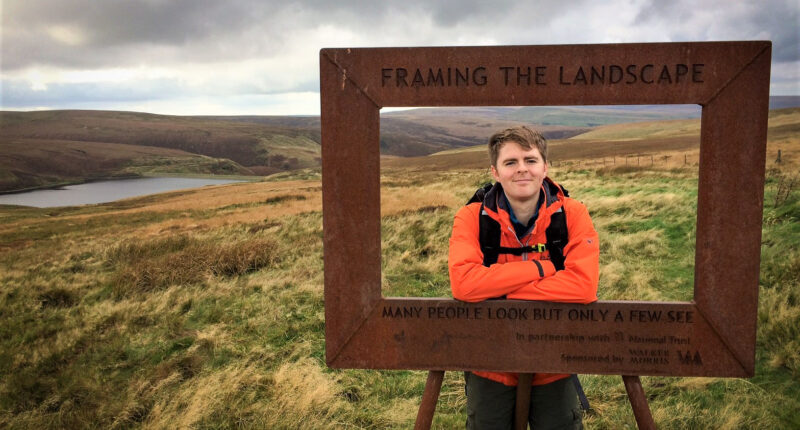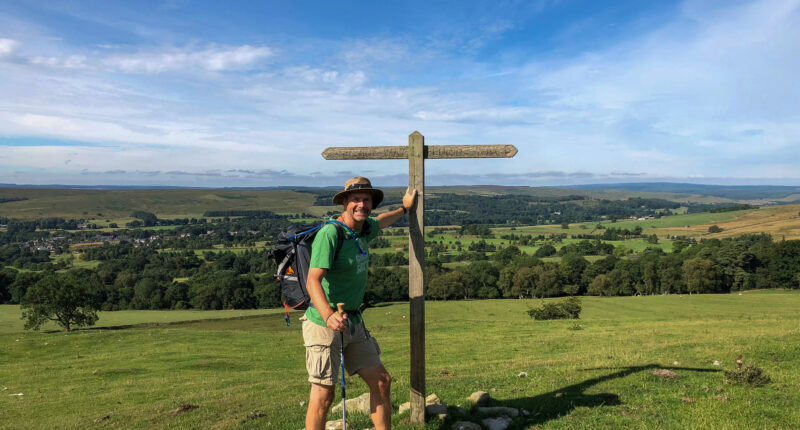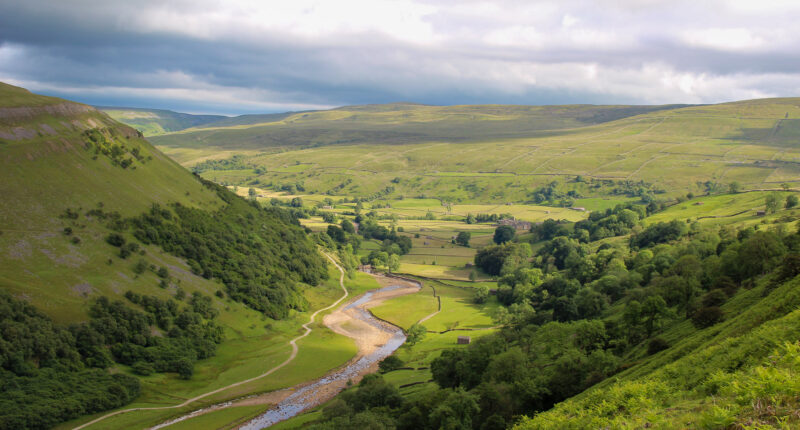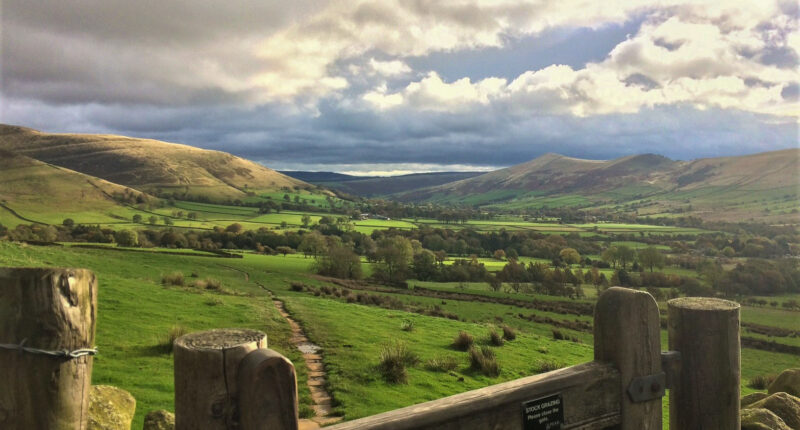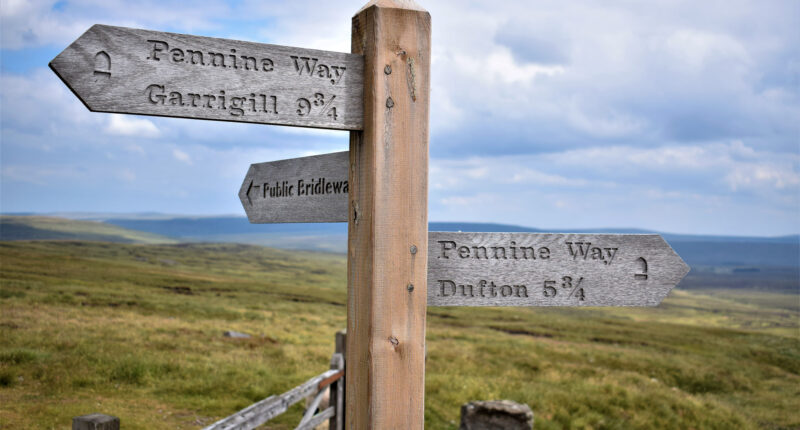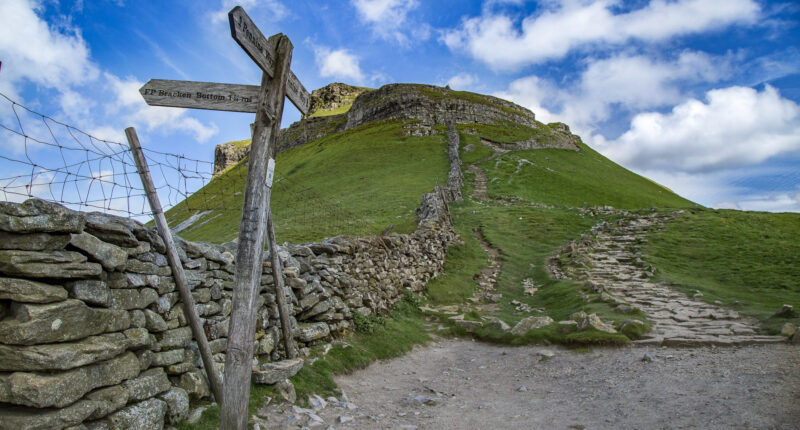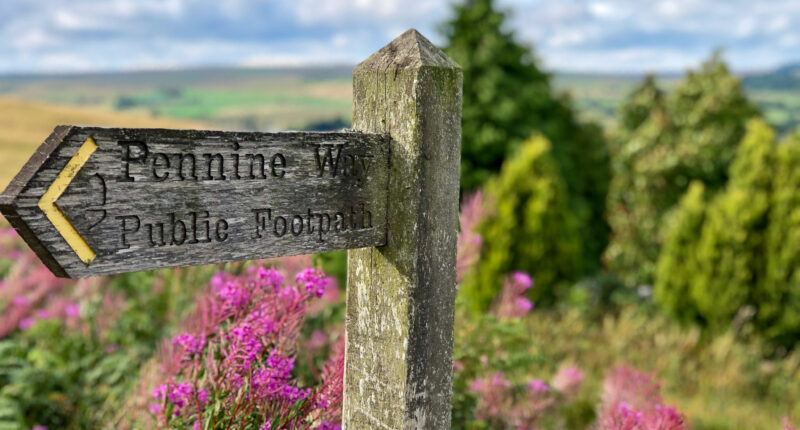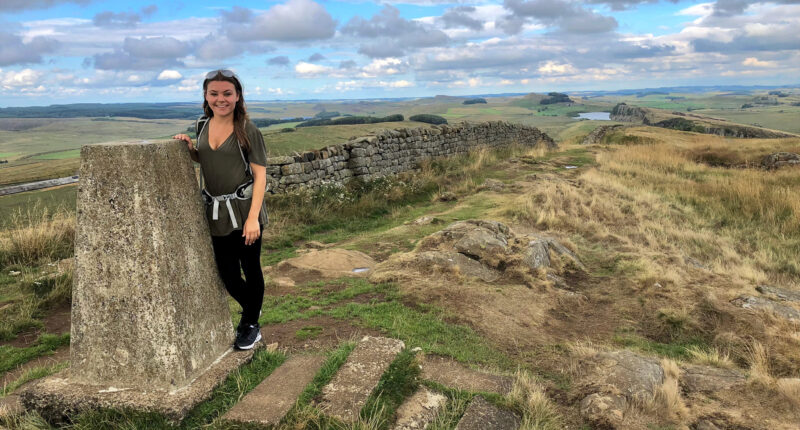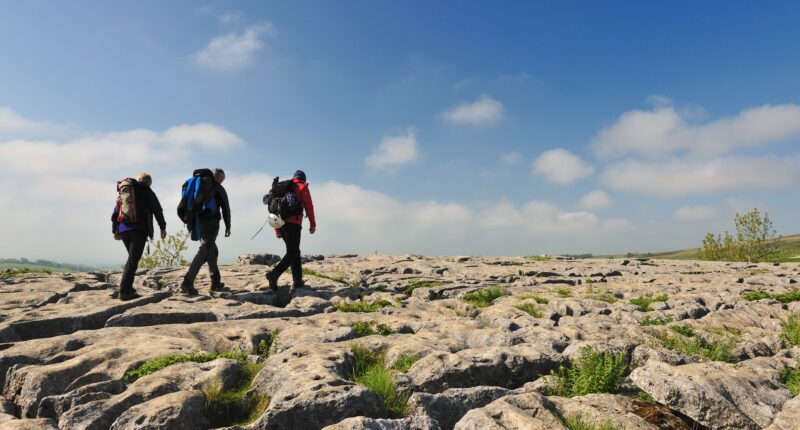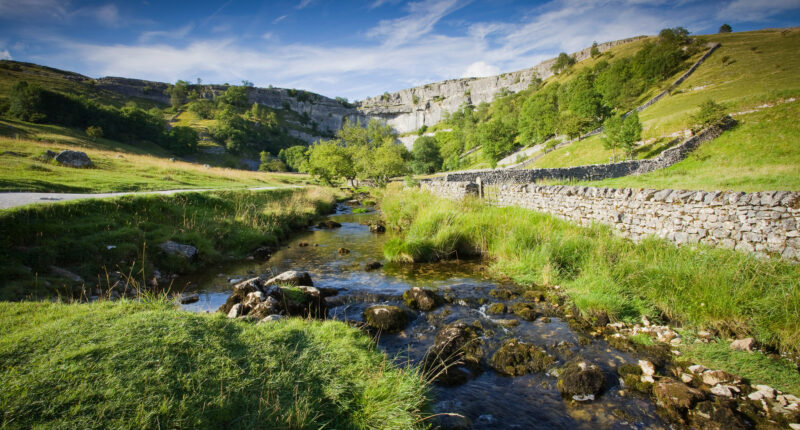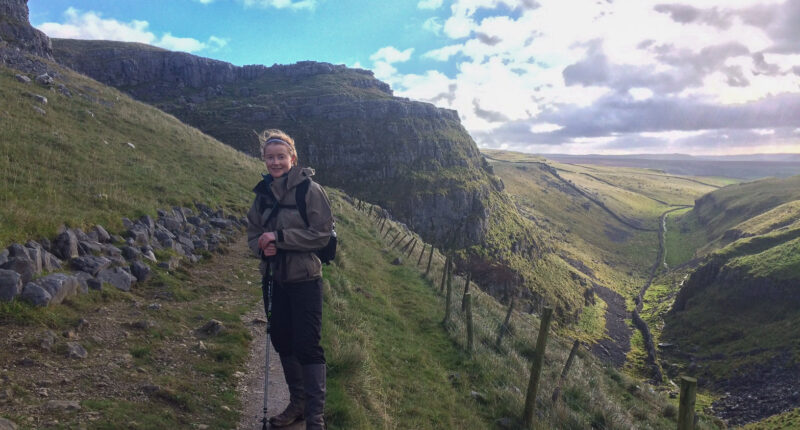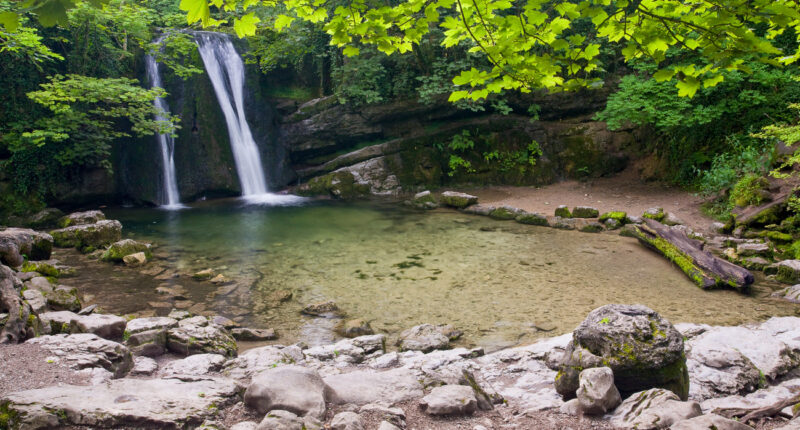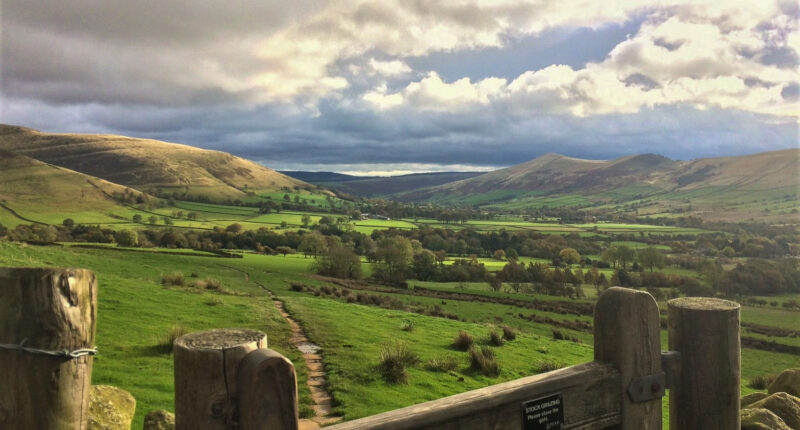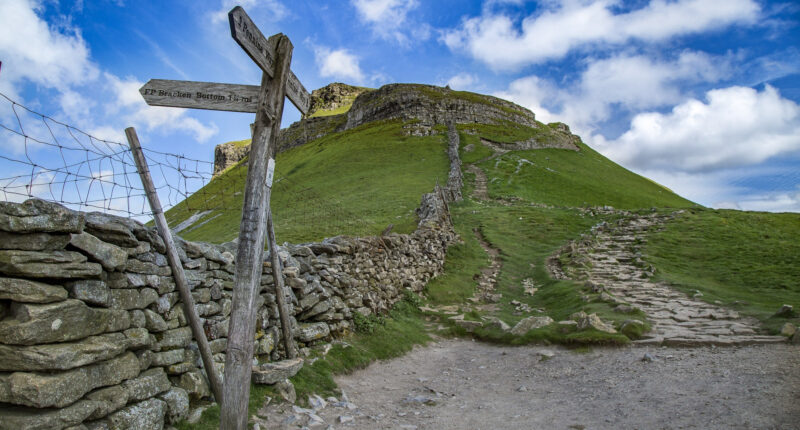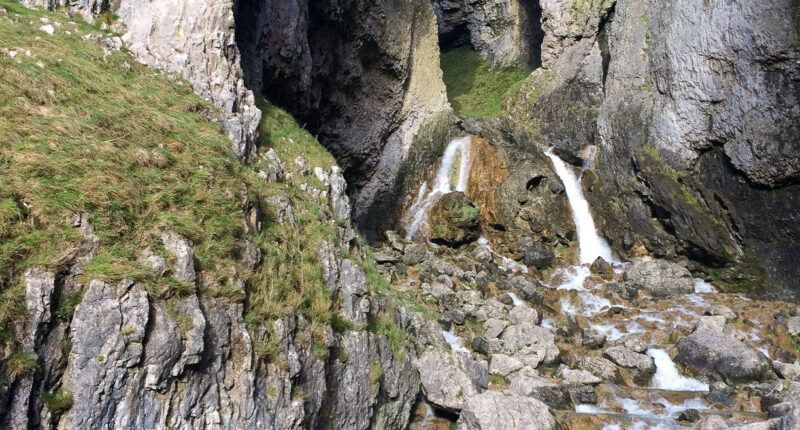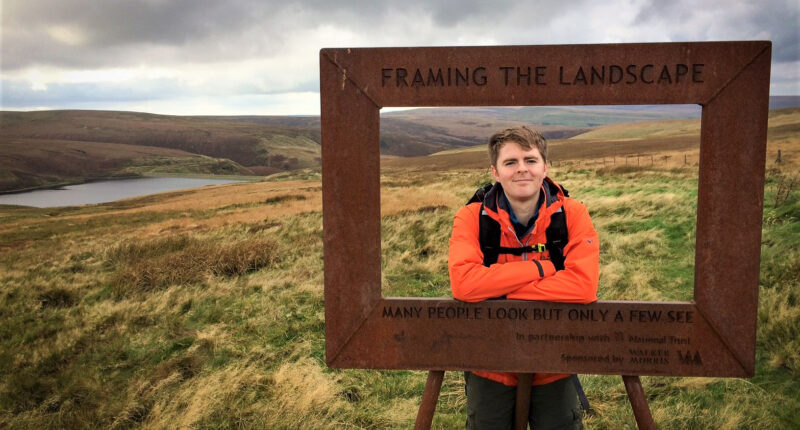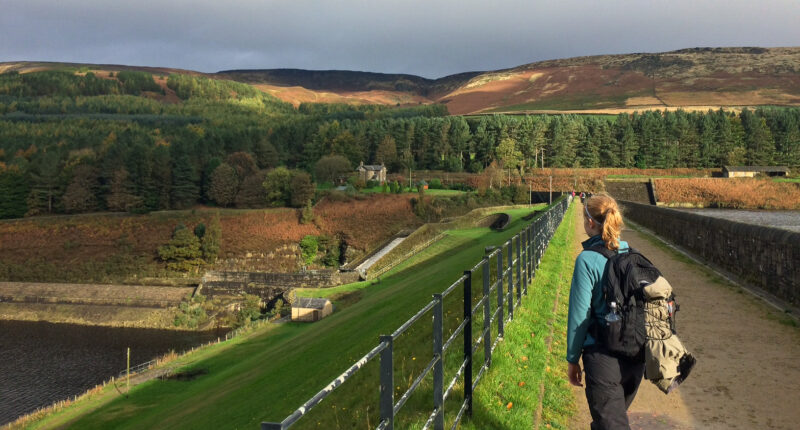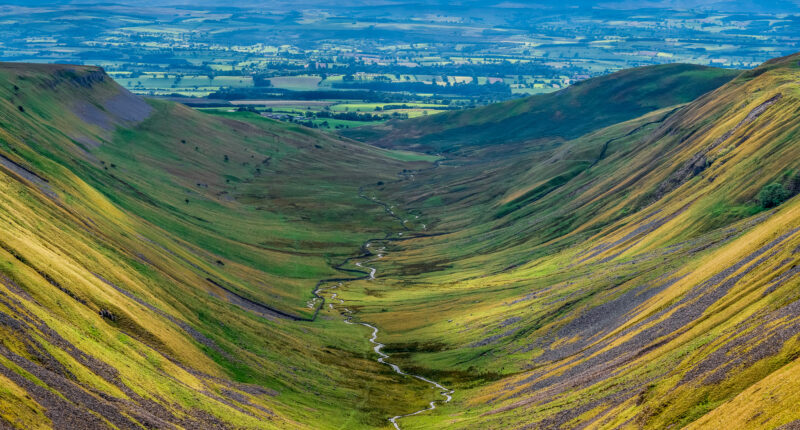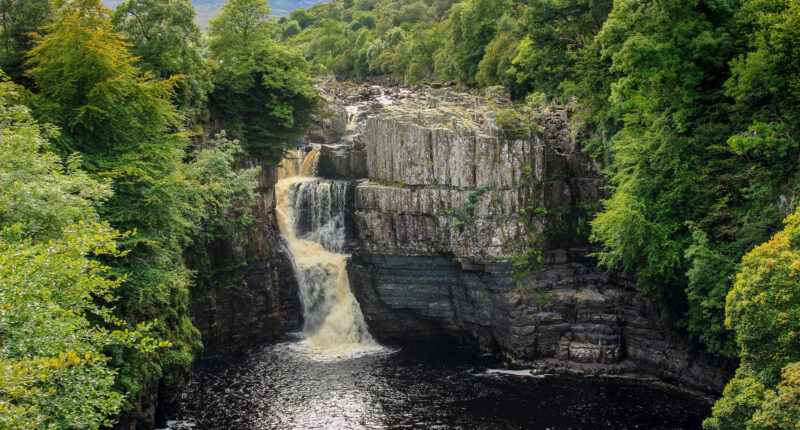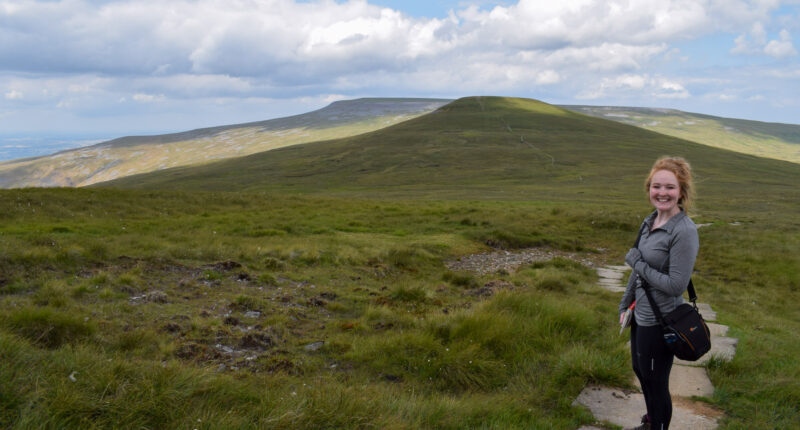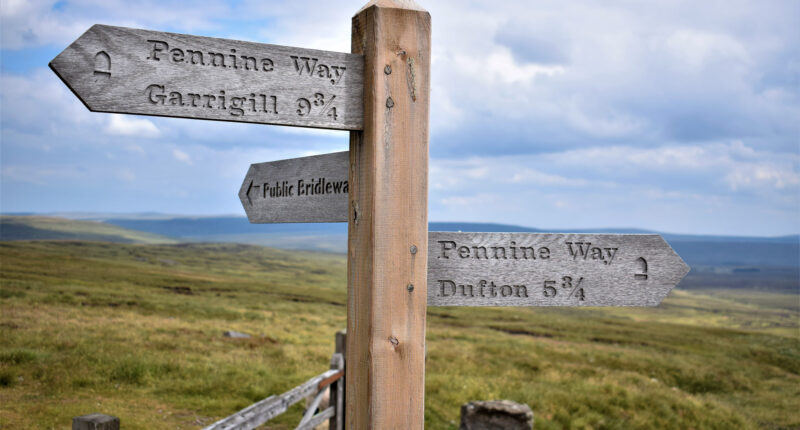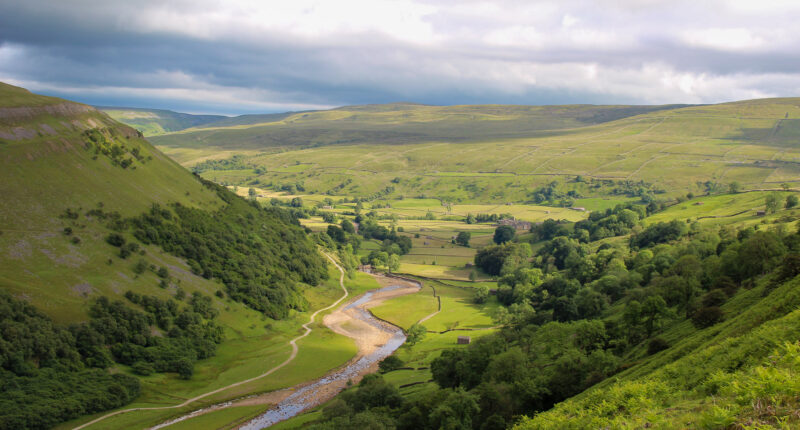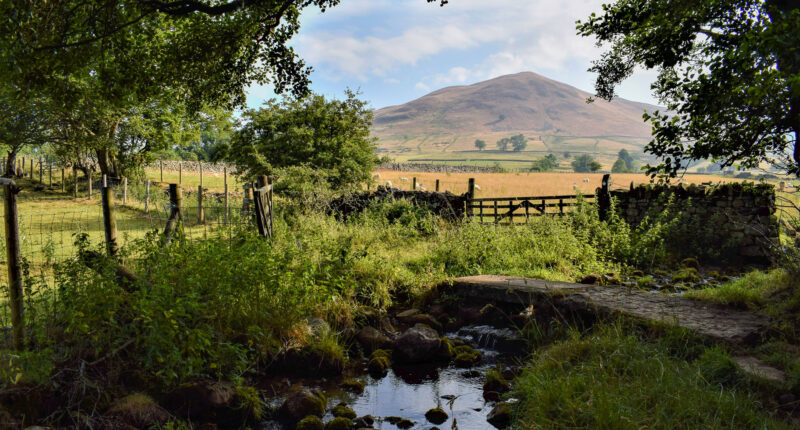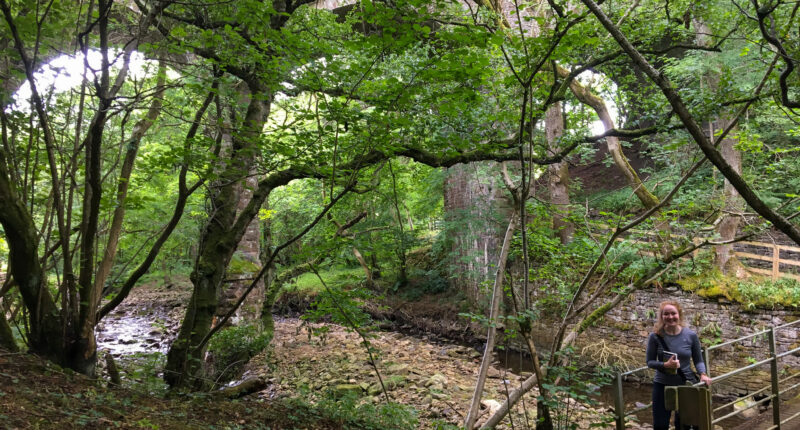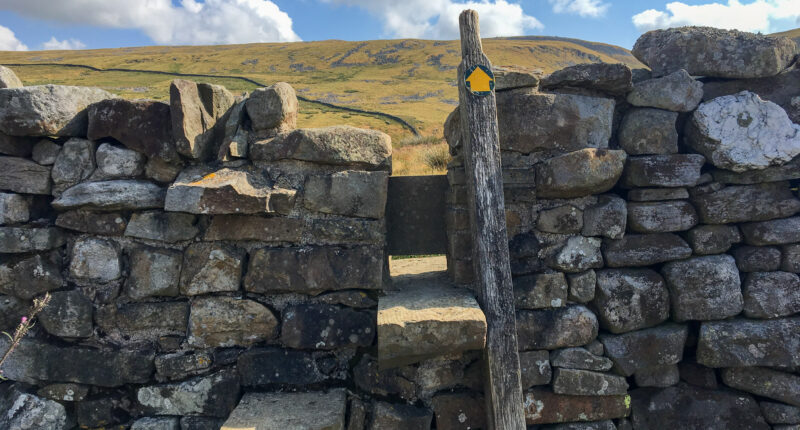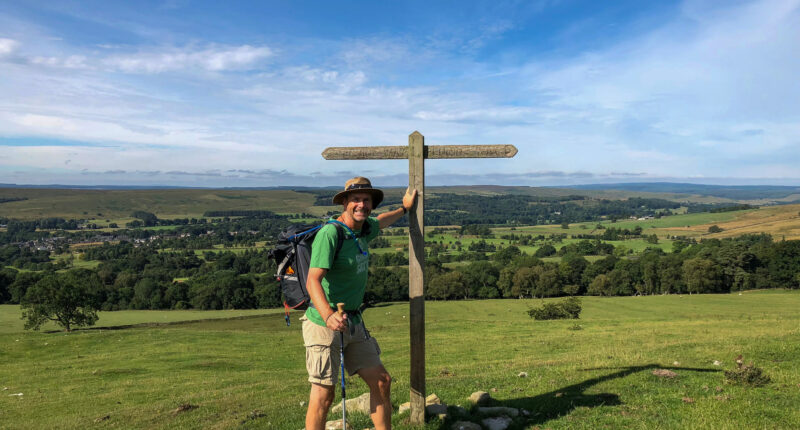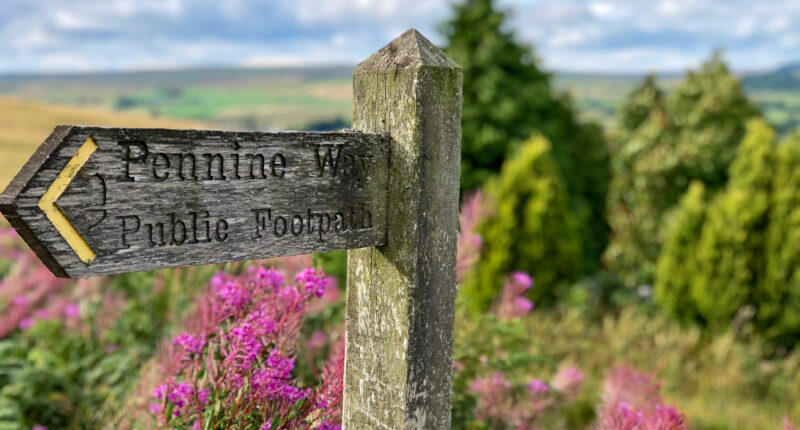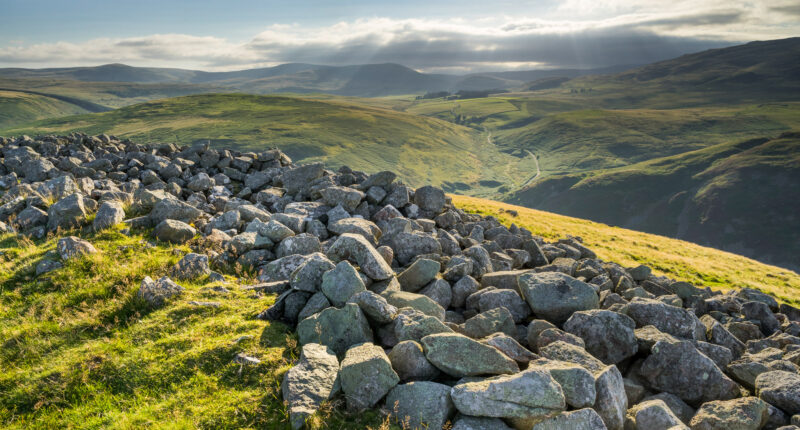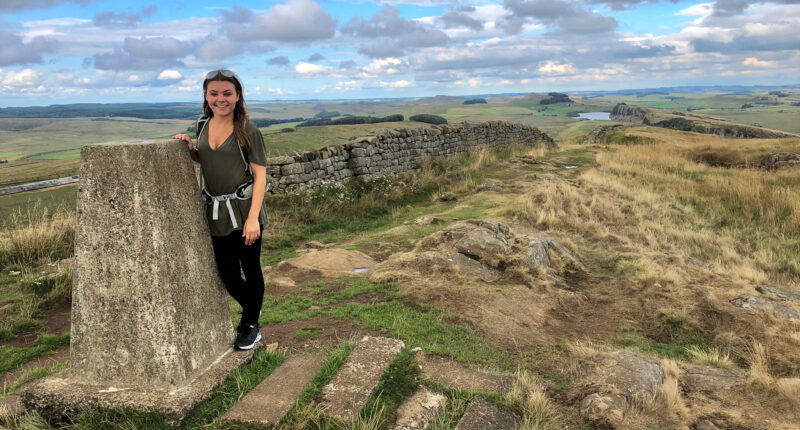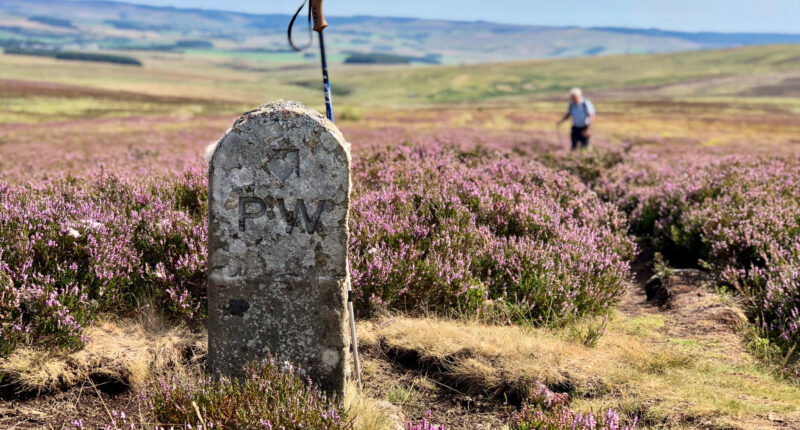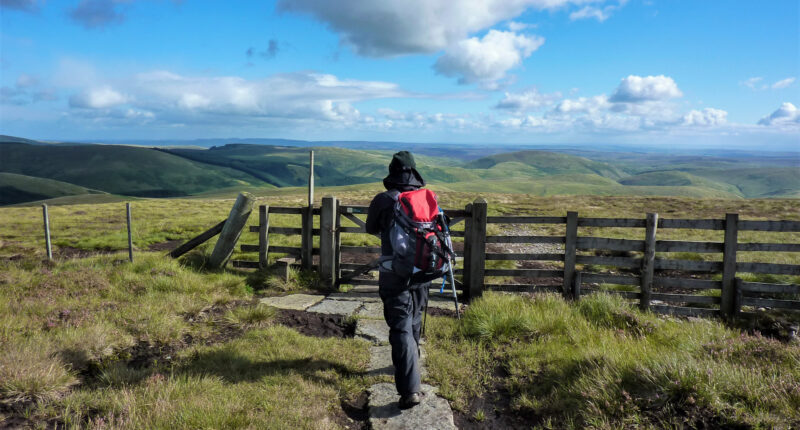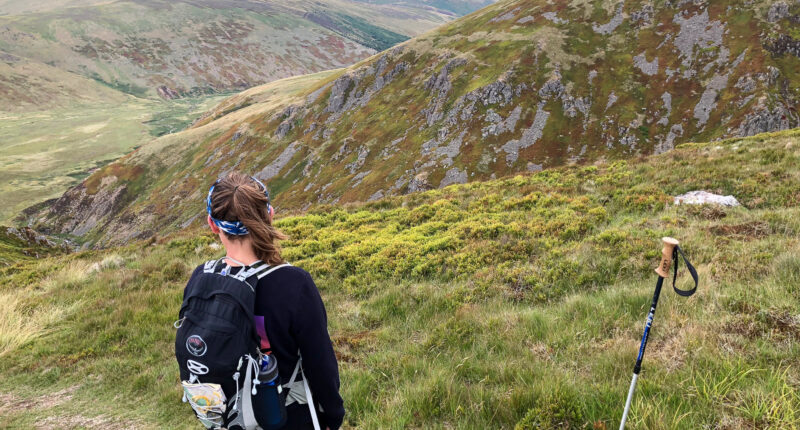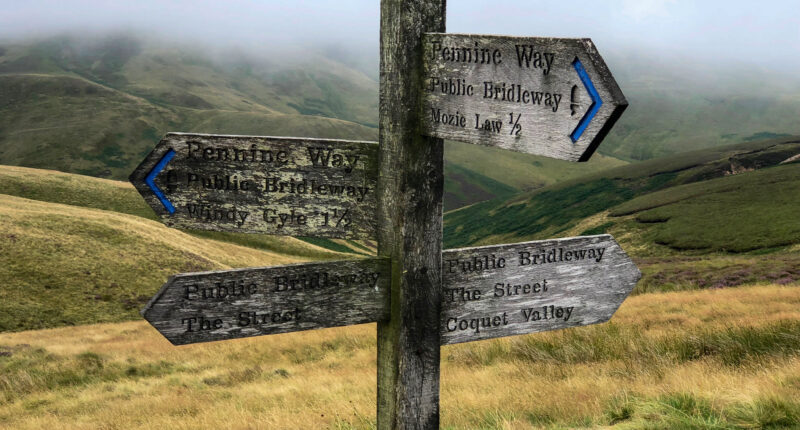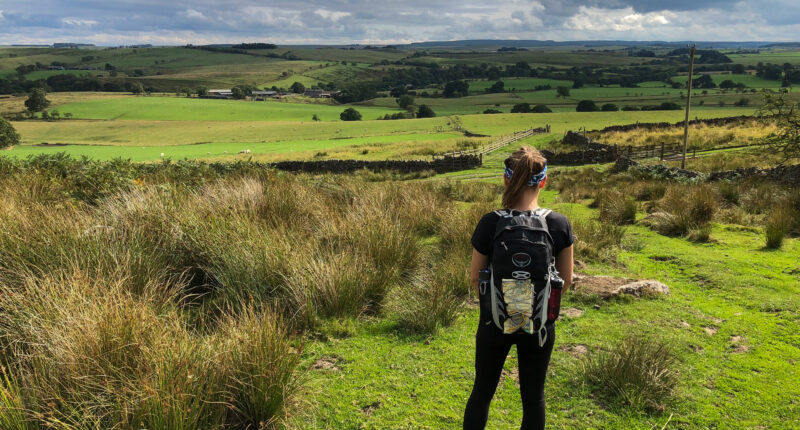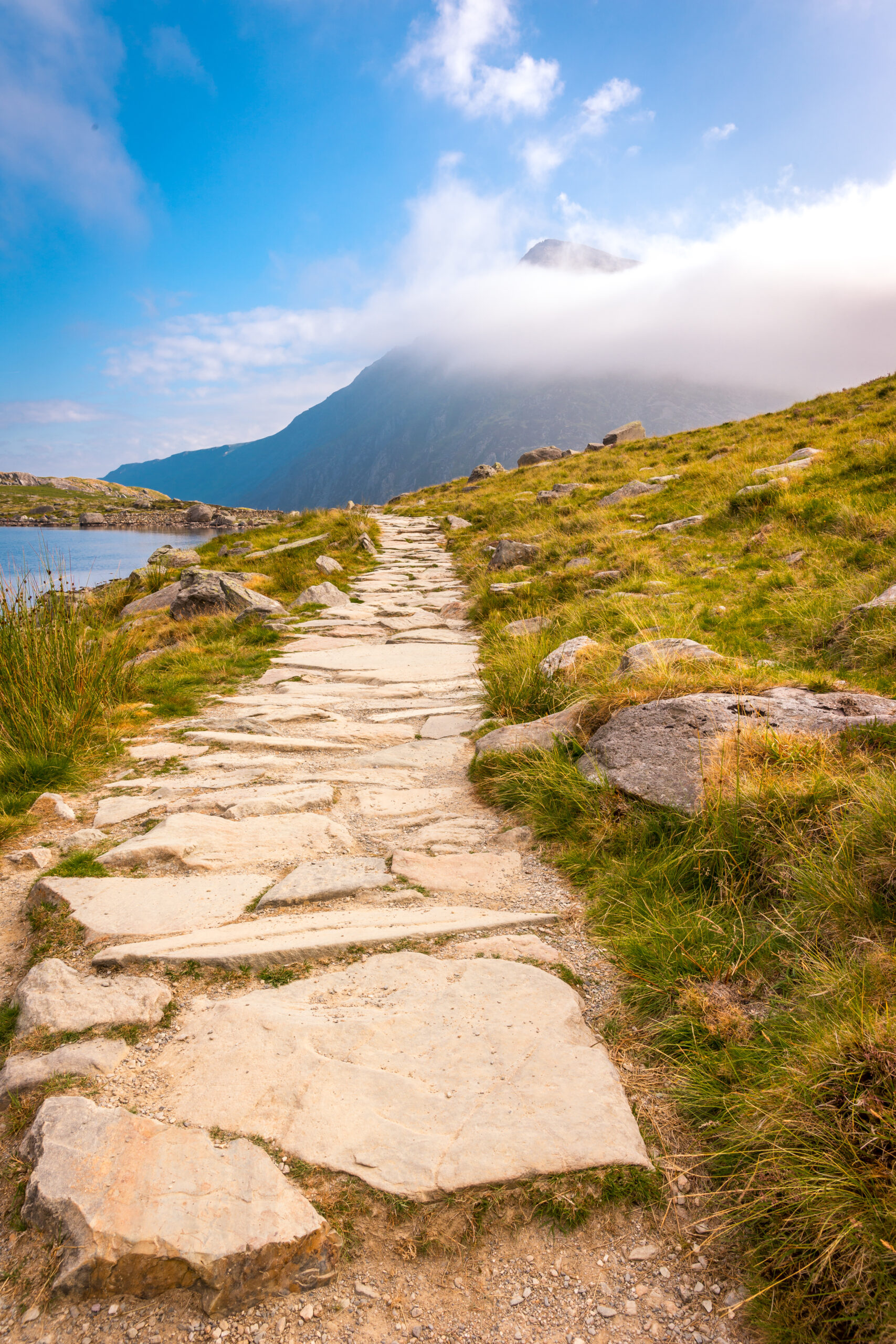Walking the Pennine Way: Your Complete Guide to England’s First National Trail
The Pennine Way is England’s quintessential long-distance trail, stretching from the heart of the Peak District to the Scottish Borders.
Winding through moorlands, dales, and charming villages, it offers a journey through some of the country’s most celebrated landscapes.
Whether you’re dreaming of walking the full trail or exploring a shorter section, this guide answers the key questions – covering distances, difficulty, highlights, accommodation, and more – so you can plan your Pennine Way adventure with confidence.
- What is the Pennine Way?
- How many days does it take to walk the Pennine Way?
- Is the Pennine Way difficult?
- When is the best time of year for walking the Pennine Way?
- Can you walk the Pennine Way north to south?
- How busy is the Pennine Way, and how many people walk it each year?
- What are the highlights of the Pennine Way?
- Where do you stay when walking the Pennine Way?
- Do I need to pre-book accommodation on the Pennine Way?
- Do I need to carry my own bags on the Pennine Way?
- Can I walk the Pennine Way solo?
- Can a friend join me for a section of the Pennine Way?
- What should I pack for the Pennine Way?
- Is the Pennine Way signposted?
- Can I take my dog on the Pennine Way?
- How does the Pennine Way compare to other famous walking trails in England?
- Can I combine the Pennine Way with other trails?
- How do I travel to and from the Pennine Way?
- How should I prepare for walking the Pennine Way?
- How can I book a walking holiday on the Pennine Way?
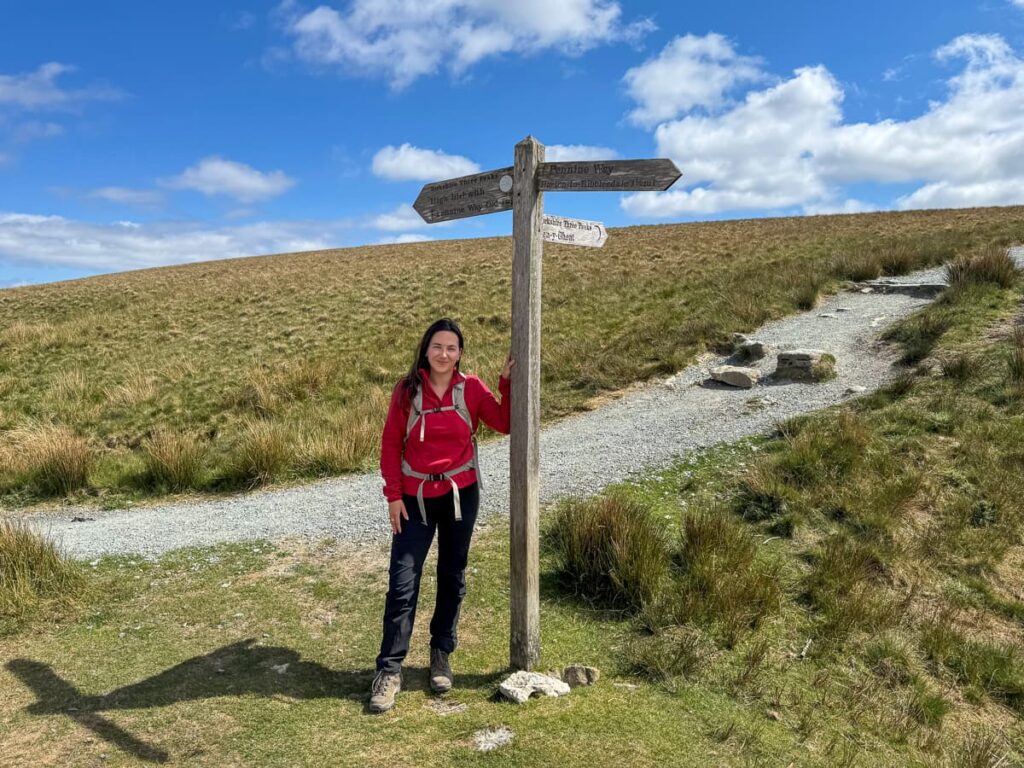
What is the Pennine Way?
Opened in 1965 as Britain’s first National Trail, the Pennine Way spans 265 miles from Edale in the Peak District to Kirk Yetholm in the Scottish Borders.
The route crosses three of England’s National Parks – the Peak District, the Yorkshire Dales, and Northumberland – showcasing some of Northern England’s most dramatic and varied scenery. Often called ‘The Backbone of England,’ the trail follows a rugged spine of high moorland, combining history, geography, and a real sense of adventure for long-distance walkers.
How many days does it take to walk the Pennine Way?
Spanning 265 miles (414 km), the Pennine Way is one of Britain’s longest waymarked trails. Walking the entire route usually takes between 2 and 3 weeks, depending on how far you cover each day.
For those seeking a through-hike, our most popular itinerary (PENW3) covers the entire trail in 21 days, averaging 13 miles per day.
Walking the Pennine Way in 14 days is possible but involves long daily distances of around 19 miles. We recommend a minimum of 16 days to walk the full trail comfortably, averaging 17 miles per day.
The trail can also be broken into sections: South, Central, and North. At Absolute Escapes, we offer a variety of itineraries for each section, allowing you to walk at your preferred pace. Many walkers choose manageable week-long itineraries of 6 – 8 days.
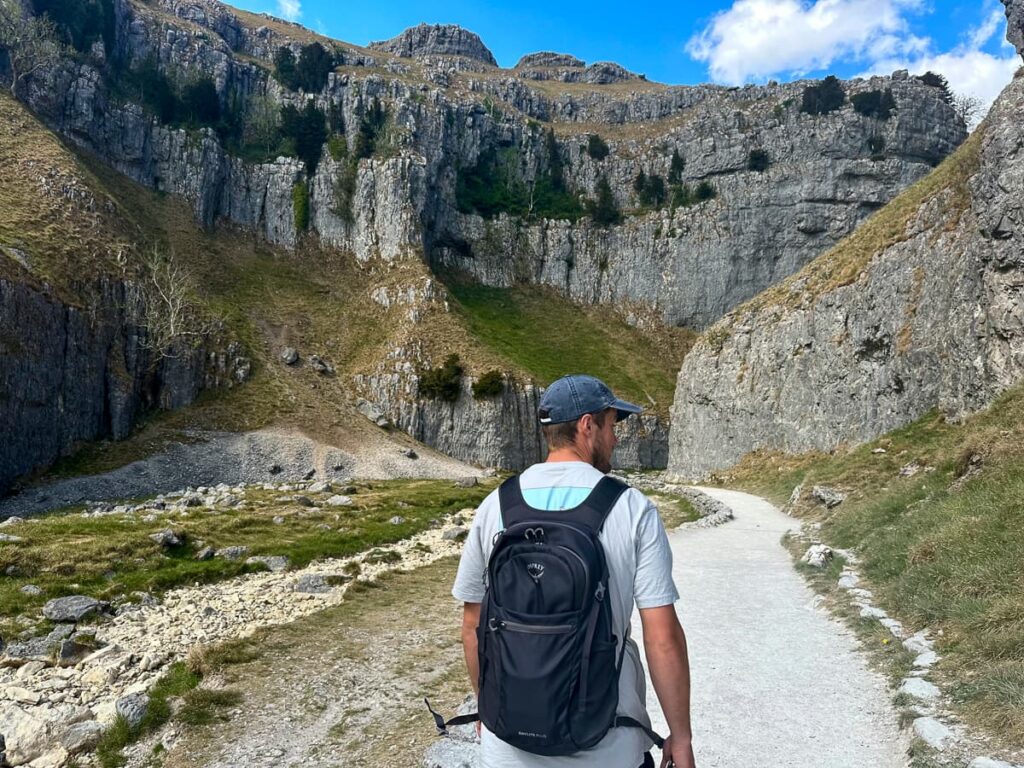
Is the Pennine Way difficult?
The Pennine Way is generally rated from Challenging to Strenuous. Stretching over wild moorlands and high fells, it features long days, exposed conditions, and some remote stretches where shelter is scarce. The terrain can also be demanding, with boggy paths, rocky ascents, and rugged uplands to navigate.
That said, much depends on how you choose to experience the trail. By tailoring daily distances and pacing yourself sensibly, the Pennine Way becomes an achievable and deeply rewarding adventure, even for those new to long-distance walking.
Including rest days can make all the difference, giving you time to recover, soak up the scenery, and fully appreciate the unique landscapes and welcoming villages along the way.
Certain sections are more difficult than others:
Edale to Crowden / Torside (South section)
The very first stage throws you in at the deep end. Kinder Scout’s peat bogs, navigation challenges on the plateau, and the steep descent via Jacob’s Ladder or Grindsbrook make it one of the toughest openings to any national trail.
Malham to Horton-in-Ribblesdale (South section)
Arguably one of the most scenic days of the trail, including the impressive geological wonder of Malham Cove and Malham Tarn lake. This section is long and challenging due to the elevation and terrain. At 15 miles, it is not the longest day in distance but includes tough ascents as you summit Fountains Fell and the striking Pen-y-Ghent, one of the Yorkshire Three Peaks.
Middleton-in-Teesdale to Dufton & Dufton to Garrigil (Central section)
Another stunning day, but also one of the hardest. Middleton-in-Teesdale to Dufton includes High Force, Cauldron Snout (with a scramble), and a long climb up to High Cup Nick before reaching Dufton. It is a big day of constant ups and downs.
Following this, Dufton to Garrigil is a very mountainous stage. Crossing the North Pennines means tackling the highest point of the trail, Cross Fell (893m). In wild weather, this section can have poor visibility and boggy ground, making it one of the hardest days on the trail.
Bellingham to Byrness & Byrness to Kirk Yetholm (North section)
In the northern section of the trail, Bellingham to Byrness is a long, remote stage with expansive moorland terrain. The Cheviot foothills can become boggy, and many walkers find the isolation and conditions of this section particularly challenging.
The final push across the Cheviots from Byrness to Kirk Yetholm is both epic and tiring. It is one of the longest sections of the trail, with multiple summits and big climbs. While tough, it provides a rewarding conclusion to your Pennine Way expedition.
When is the best time of year for walking the Pennine Way?
For long walking days, late spring and summer offer optimal daylight. May to September is a great time to walk the Pennine Way.
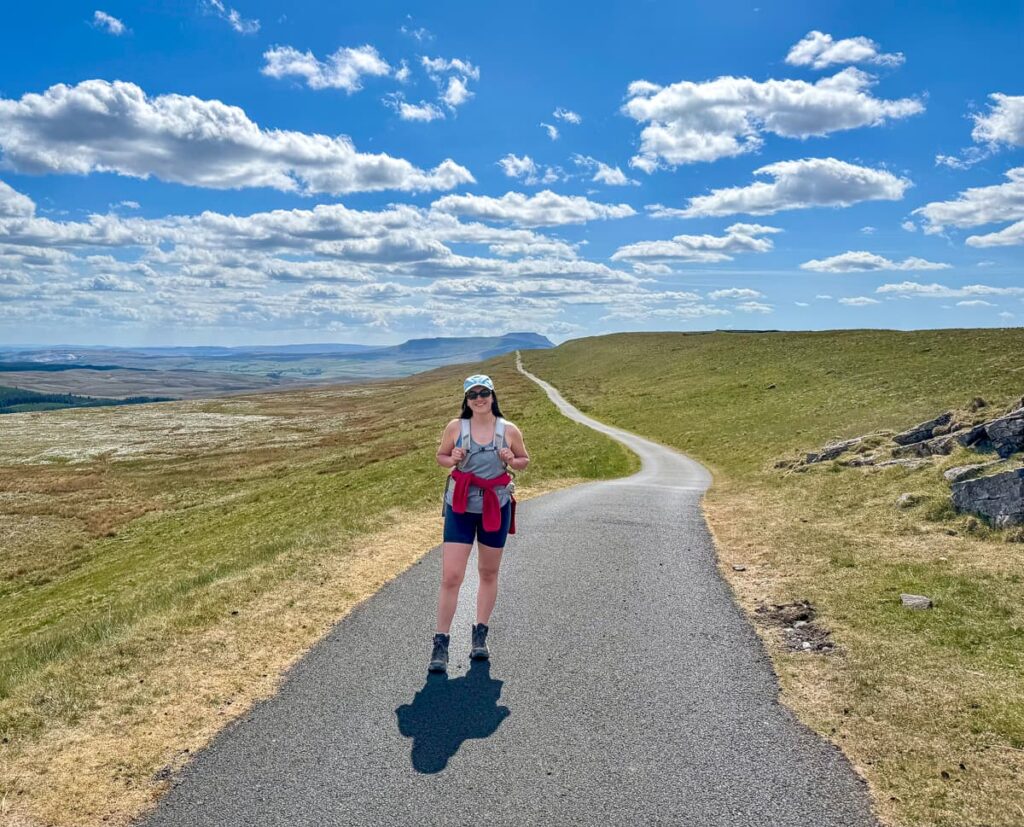
Can you walk the Pennine Way north to south?
In theory, yes. However, walking south to north is recommended for the best experience. In late spring and summer, this direction places the sun behind you and prevailing winds at your back. The official Cicerone guidebook for the Pennine Way is also written south to north, which simplifies navigation and planning.
How busy is the Pennine Way, and how many people walk it each year?
Overall, the Pennine Way is not hugely busy as it is such a long route. You may notice certain sections busier in more popular walking locations, such as the Yorkshire Dales, or sections where the trails link up and cross over with other walking routes, such as the Dales Way, Dales Highway, Hadrian’s Wall Path and Coast to Coast.
Busier sections tend to be near the start from Edale to Kinder Scout, Malham to Horton-in-Ribblesdale in the Yorkshire Three Peaks area, Hawes and the surrounding Dales villages, and sections around Hadrian’s Wall, near Greenhead, where the Pennine Way meets the wall – it’s more popular with walkers.
Approximately 15,000 people walk the Pennine Way each year, but only around 3,500 hardy hikers walk it in its entirety.
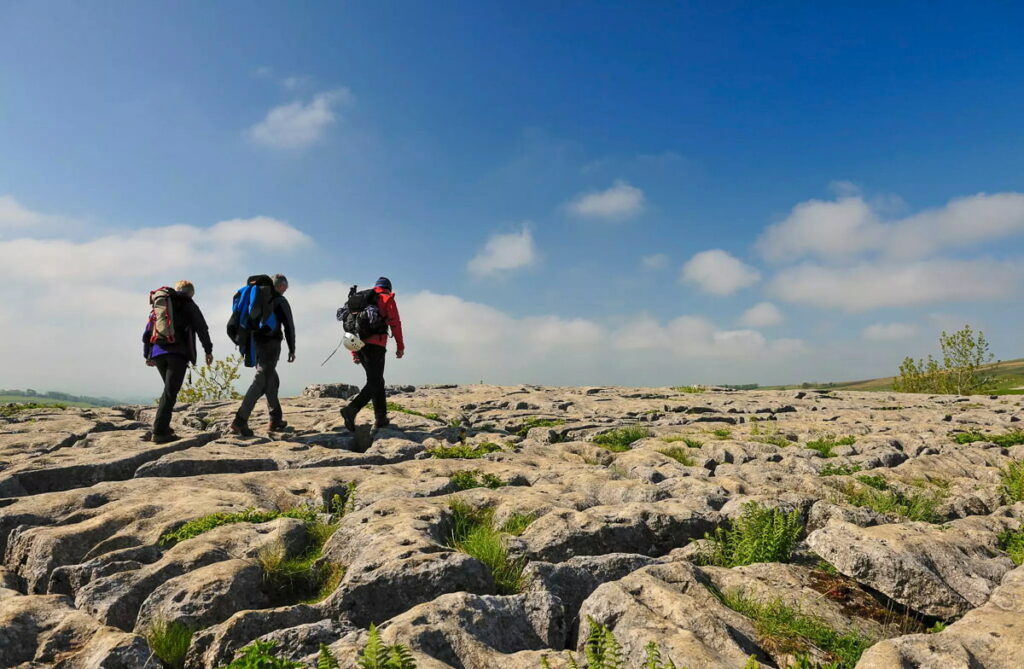
What are the highlights of the Pennine Way?
The Pennine Way is packed with landmarks and must-see locations as it covers some of the most celebrated landscapes in England. The entire trail combines spectacular landscapes, geological wonders, historic landmarks, and the charming character of traditional English villages.
The three National Parks along the way are undoubtedly highlights. Each offers a different flavour of the trail, as well as world-famous sites such as Hadrian’s Wall. Satisfyingly, one falls at each section of the trail:
The Peak District National Park (South section)
The trail begins in Edale, in the heart of the Peak District. This section offers a dramatic introduction to the trail, with Kinder Scout’s famous gritstone plateau, rugged peat bogs, and panoramic views across the Dark Peak. The steep ascents and wild, exposed moorland make for an exhilarating start.
The Yorkshire Dales National Park (Central section)
The Dales are rich in variety-from the white limestone cliffs of Malham Cove to the rolling pastures and striking peaks of Pen-y-Ghent. Walkers also pass through picture-postcard villages like Hawes, home to Wensleydale cheese, and enjoy both cultural charm and natural drama.
Northumberland National Park (North section)
The northern reaches of the trail are marked by wild open moorland and big skies. Crossing the Cheviots is both remote and spectacular, with long mountain days and breathtaking views. The sense of wilderness here is unforgettable, and the finish at Kirk Yetholm is a hard-earned triumph. This section also showcases Hadrian’s Wall
Beyond its three National Parks, the Pennine Way showcases an array of fascinating natural landmarks and welcoming villages. Below is a list of some of the standout sights to look out for along each section of the route:
South section (Peak District)
- Kinder Scout Plateau – dramatic gritstone moorland and the highest point in the Peak District.
- Jacob’s Ladder & Grindsbrook Clough – steep climbs with sweeping views.
- Bleaklow Moor – remote, wild, and boggy highland.
- Black Hill – a high moor with panoramic vistas.
Central section (Yorkshire Dales & North Pennines)
- Malham Cove – towering limestone cliffs, one of England’s geological wonders.
- Malham Tarn – a rare upland glacial lake.
- Fountains Fell – a high fell with far-reaching views.
- Pen-y-Ghent – one of the Yorkshire Three Peaks, and the most recognisable.
- Hawes – a charming market town, home of Wensleydale cheese.
- Great Shunner Fell – the highest point in the Dales.
- Swaledale – rolling green valleys with iconic drystone walls and barns.
- High Force Waterfall – one of England’s most powerful waterfalls.
- Cauldron Snout – a dramatic cascade and short scramble beside the Tees.
- High Cup Nick – a spectacular U-shaped glacial valley, often called one of the trail’s finest views.
- Cross Fell – the highest mountain in the Pennines at 893m.
North section (Northumberland National Park & Scottish Borders)
- Hadrian’s Wall – the UNESCO World Heritage Site with Roman forts and milecastles.
- Housesteads Roman Fort – one of the most complete Roman forts in Britain.
- Bellingham – a traditional Northumberland market village.
- Cheviot Hills – remote, rolling uplands forming the final push of the trail.
- The Schil – a prominent peak on the border ridge, with expansive views into Scotland.
- Kirk Yetholm – the official finish line, a small Borders village with a huge sense of achievement.

Where do you stay when walking the Pennine Way?
The trail offers a wonderful range of accommodation, though taxi or host transfers may be necessary to break up longer walking days and reach suitable overnight stops. Most villages along the trail, however, provide a couple of comfortable B&Bs, welcoming hotels, and traditional inns to stay in.
Here’s a selection the type of accommodation you can expect along the route:
- River House B&B, Malham
- Weavers Guest House, Haworth
- The Diggle Hotel, Diggle
- Lyndale Guest House, Bellingham
Do I need to pre-book accommodation on the Pennine Way?
We highly recommend booking your Pennine Way walking adventure 6–9 months in advance. This gives us the best chance of securing the best accommodation in each overnight location.
Accommodation along the trail is very limited in some of the more remote areas, with only a few options available. Booking early can make a real difference to your overall walking experience. We all know how important a cosy bed with a fluffy duvet, a welcoming fire, a hearty breakfast, and friendly hosts can be after a long day on the trail.
With our expert, first-hand knowledge, we can handle all the arrangements for you. We know the trail inside out and have excellent relationships with the accommodation providers, from charming B&Bs to countryside hotels. We regularly update our extensive database and always aim to choose options as close to the trail as possible.

Do I need to carry my own bags on the Pennine Way?
Nothing feels more luxurious than arriving at your accommodation each afternoon to magically find your bags already there. If you’re walking the Pennine Way between April and mid-October, we’ll arrange for your luggage to be transferred between each overnight stop on the route.
This service is included in your Absolute Escapes package. Having your bags taken care of makes a world of difference, allowing you to travel light and fully enjoy the trail without the weight of heavy gear. It’s one of the easiest ways to make your walk more comfortable and enjoyable.
Can I walk the Pennine Way solo?
Yes, the Pennine Way can be walked solo. The trail is quiet, so you may not encounter many fellow walkers, and much of it is quite remote. If you walk alone, we recommend taking precautions, including carrying emergency equipment.
It’s also a good idea to inform your accommodation hosts of your estimated arrival times in advance.
Can a friend join me for a section of the Pennine Way?
Most of our packages have a minimum requirement of 5 nights’ accommodation, as we specialise in long-distance walking holidays and are therefore unable to offer shorter weekend breaks. That said, if you have a companion who would like to join you for part of the walk, we’d be delighted to include them in your package.
Some of the most scenic sections of the Pennine Way, perfect for a friend to join you on, include Malham Cove and its limestone pavements, Hadrian’s Wall, and the stunning waterfalls at High Force. These highlights make ideal stops to share part of the journey without tackling the full route together.

What should I pack for the Pennine Way?
Packing the right gear can make all the difference to your walking holiday. The right walking boots keep your feet happy, while waterproofs protect you when the weather turns. Get it wrong, and a simple walk can transform into a test of endurance, so it’s worth taking the time to plan carefully.
Good boots and weatherproof clothing are essential. Make sure you do a few practice walks beforehand to break in your boots, test your gear, and get a feel for carrying your daypack. Bring plenty of water, snacks, and treats to keep your energy up, and consider walking poles for the steeper sections. Blister plasters and an extra pair of socks can also be lifesavers. Don’t forget a hat, sunscreen, and sunglasses to protect yourself from the sun.
With Absolute Escapes, your luggage is transferred each day, so you only need to carry a light daypack. A full kit list will be provided in your information pack.
Is the Pennine Way signposted?
Yes, the Pennine Way is one of England’s official National Trails, and it is signposted (waymarked) throughout with the distinctive white acorn symbol. As you make your way along the route, you’ll spot these markers on posts, gates, and signboards, reassuring you that you’re on the right path.
While the trail has plenty of waymarkers, it also crosses some of the country’s most remote and rugged landscapes. For this reason, we always recommend carrying a good map or GPS as a backup. The acorn will keep you on track, but part of the charm of the Pennine Way lies in its wild moorlands and open terrain, where good navigation is an essential part of the adventure.
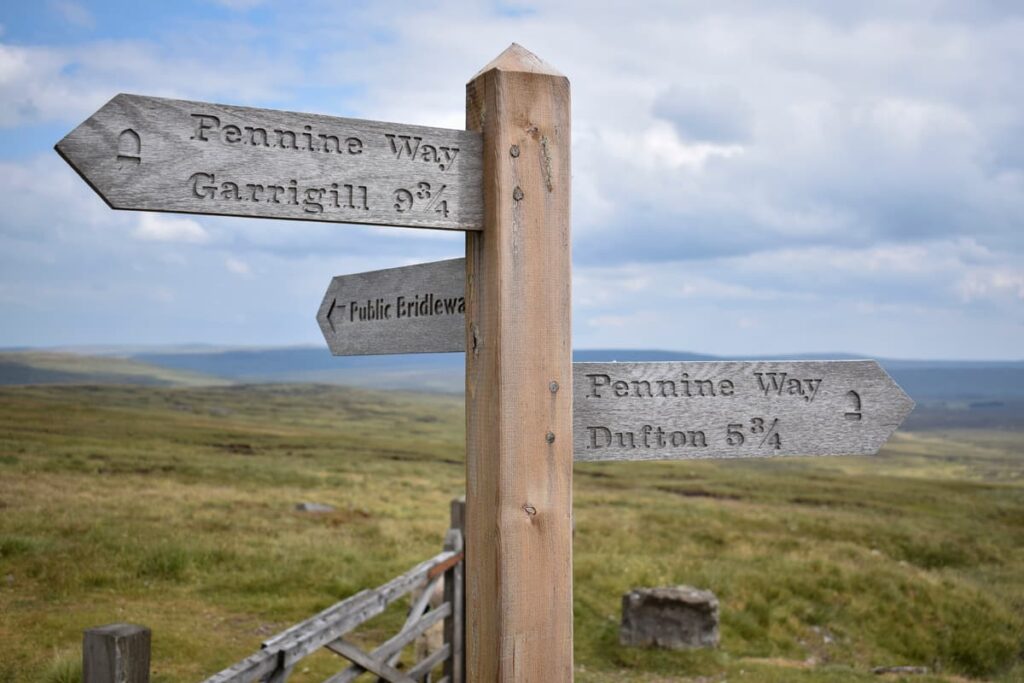
Can I take my dog on the Pennine Way?
Dogs are welcome on the Pennine Way, provided they are kept under control and on a lead when near livestock, which you may come across in certain sections of the trail.
Unfortunately, we’re not currently able to arrange holidays with dogs, as suitable dog-friendly accommodation along the route is very limited.
How does the Pennine Way compare to other famous walking trails in England?
The Pennine Way is legendary for a reason. As England’s first National Trail, it takes walkers through dramatic upland landscapes with rich historic and cultural heritage that has inspired generations. In many ways, the Pennine Way still serves as the quintessential rite of passage for serious walkers in Britain.
Compared to the Coast to Coast, another classic English long-distance route, the Pennine Way is longer, more remote, and rugged. If you’ve completed the Coast to Coast and are seeking a new challenge, the Pennine Way is an excellent choice, especially if you enjoyed the hilly, open sections of that route.
The South West Coast Path is another mammoth long-distance challenge, stretching 630 miles along England’s south-west coast. The main difference lies in the scenery-coastal vistas compared with a landlocked trail along the “spine of England,” crossing hills and moors. The Pennine Way is also harder to break into shorter sections because of its isolated nature.
Other trails you might be considering, like the Cotswold Way, South Downs Way, and Norfolk Coast Path, are much more suitable for beginner long-distance walkers. They’re more accessible, generally less strenuous in terms of terrain, and offer shorter daily distances with easier access to facilities along the way.
Can I combine the Pennine Way with other trails?
The Pennine Way links up nicely with several long-distance trails:
- Hadrian’s Wall Path: Near Bellingham at the northern end, you can join Hadrian’s Wall Path for a fascinating journey along Roman history.
- Coast to Coast: From Kirkby Stephen, it’s possible to divert west and follow Alfred Wainwright’s Coast to Coast route all the way to Robin Hood’s Bay.
- Dales Way: As the Pennine Way passes through the Yorkshire Dales near Sedbergh, you can link with the picturesque Dales Way.
- St Cuthbert’s Way: At Kirk Yetholm, continue east on St Cuthbert’s Way and complete your walk on the Holy Island of Lindisfarne.
How do I travel to and from the Pennine Way?
Getting to Edale: The Pennine Way begins in the village of Edale, which is easily reached by train from Manchester Airport via the city centre. With excellent rail links from across the UK, Manchester makes a convenient gateway to the Peak District and the start of your walk.
Departing from Kirk Yetholm: At the northern end, the trail concludes in Kirk Yetholm. From here, it’s a short journey to Berwick-upon-Tweed, where direct trains connect south to Newcastle and north to Edinburgh. Both cities offer international airports and onward travel connections. If your return journey is from Manchester, it’s also straightforward to travel back by train.
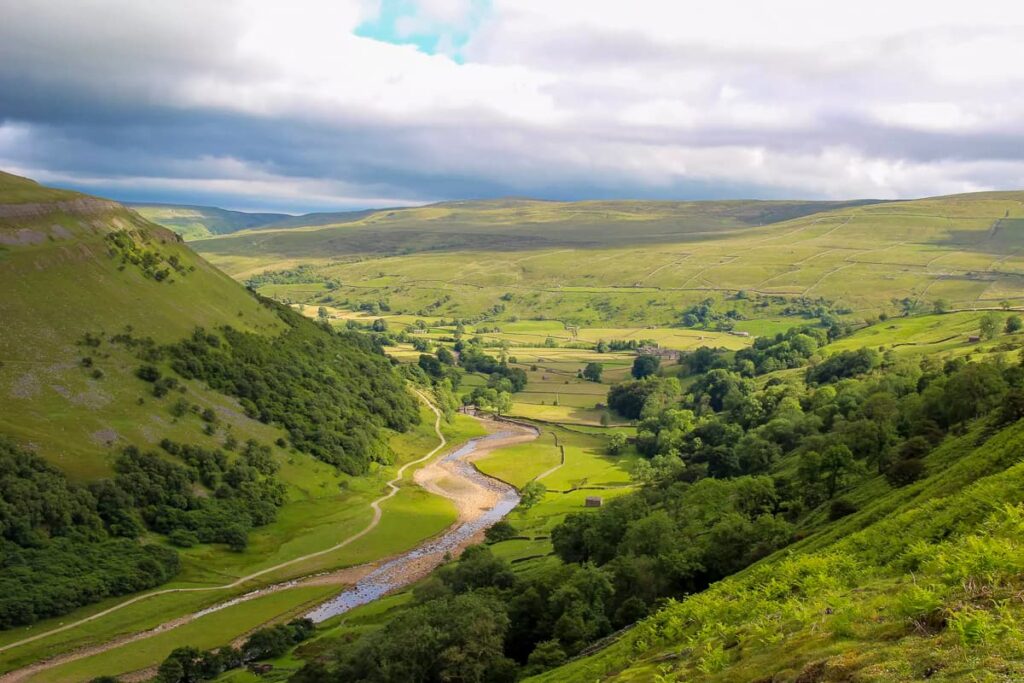
How should I prepare for walking the Pennine Way?
Our grading of the Pennine Way ranges from Challenging to Strenuous, reflecting the long daily distances, steep ascents and descents, and the varied, often rugged terrain walkers will encounter. While the trail is not ideal for complete beginners, a good level of fitness combined with thoughtful preparation will help you make the most of the adventure regardless of your experience or background.
Training: The Pennine Way is a demanding trail, so building up your stamina beforehand is essential. Taking regular walks in the months leading up to your trip, ideally on hilly or uneven ground, will help prepare your legs and build up your confidence.
Kit: Well-worn walking boots are essential, along with a waterproof jacket, trousers, and layered clothing for changing conditions. A comfortable rucksack and walking poles will make the trail easier, and don’t forget essentials like blister plasters and a small first-aid kit. Above all, the most important thing is that your kit is tried and tested so you know it works for you on the trail.
Rest days: One of our top tips is to build rest days into your itinerary. These breaks allow your body to recover from the long daily distances and demanding terrain. Even experienced walkers can feel fatigued after several consecutive days on the trail, and a rest day provides the perfect opportunity to recharge, soak in the scenery, and explore local attractions.
Information Pack: Carrying a detailed guidebook and up-to-date maps or a GPS device with reliable mapping is essential, not only for your safety but also to avoid the frustration of accidentally walking miles in the wrong direction. The Pennine Way is well waymarked, but poor visibility can make navigation difficult.
How can I book a walking holiday on the Pennine Way?
We’d be delighted to help you discover the Pennine Way on a self-guided walking holiday.
On our dedicated Pennine Way page on our website, you’ll find itinerary ideas and suggested daily stages along this iconic trail. We’ve divided the walk into manageable sections, so if you don’t have three weeks to complete the entire route, we can design a highlight itinerary tailored to you.
When you’re ready to start planning, simply send us an enquiry through our website, call us on +44 (0)131 610 1210, or email enquiries@absoluteescapes.com.
Our expert team will take care of all the arrangements, leaving you free to enjoy the challenge and beauty of Britain’s first National Trail.
